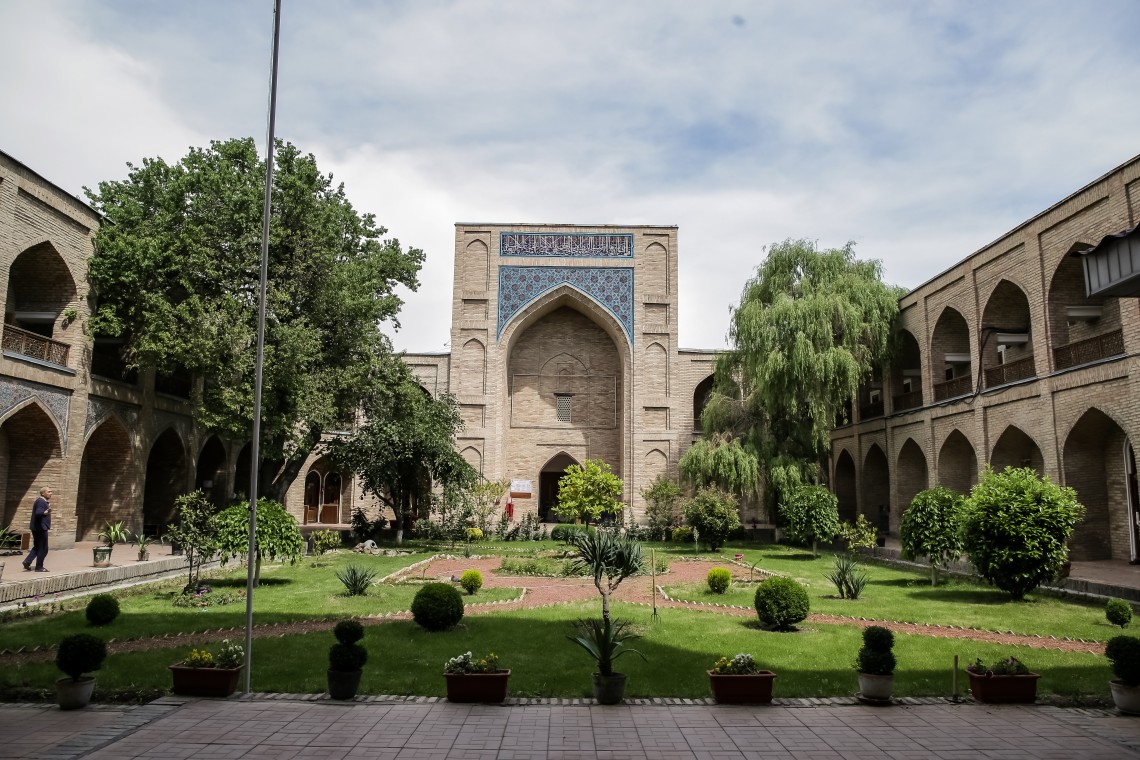
The incredible beauty of the capital of Uzbekistan - the city of Tashkent holds many beautiful places and unique attractions that are popular among local citizens. The people of Tashkent are extremely pious people. Today, most of the male population of the city attend mosques. We offer you a selection of the most beautiful and frequently visited mosques in Tashkent.
Dumbirabod Mosque
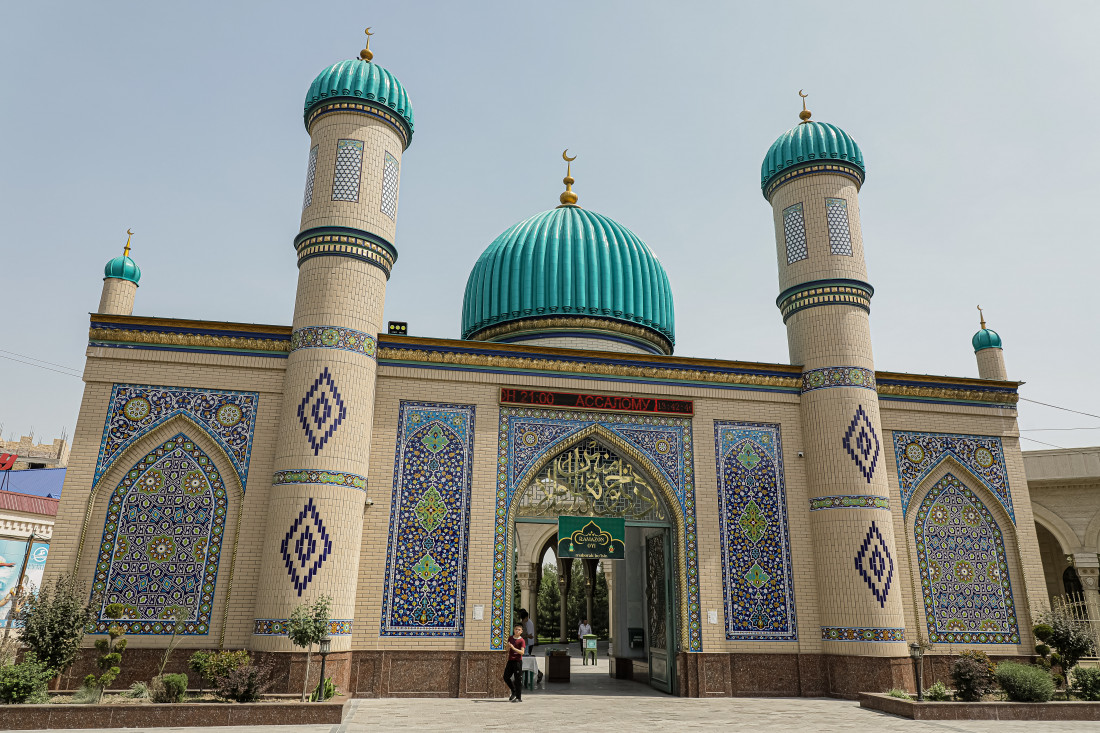
One of the famous mosques in Chilanzar district got its name from its location - the mahalla of Dumbiraobod. The mosque was built in 1992 by local citizens through hashar.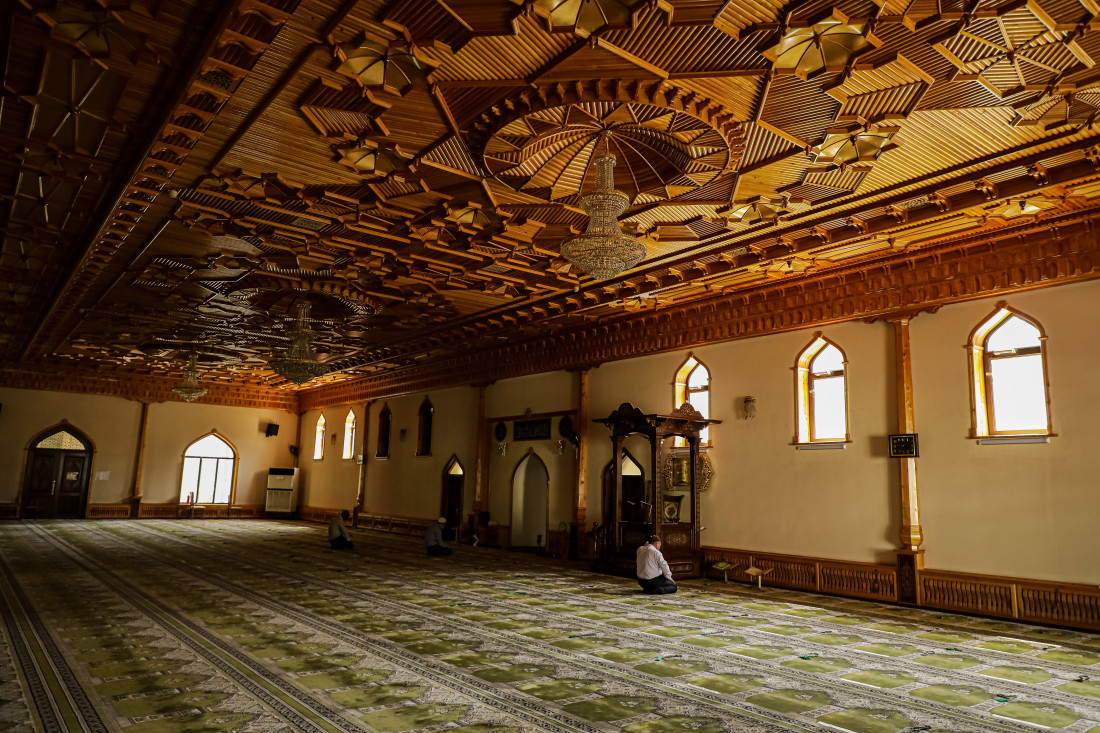
One of the famous mosques in Chilanzar district got its name from its location - the mahalla of Dumbiraobod. The mosque was built in 1992 by local citizens through hashar.
In 2012, the mosque was reconstructed.
Dumbiraobod – one of the ancient mahallas in the south of Tashkent has a deep history. In ancient times, the Konkus, Shirin and Darkhan canals flowed here. Once these places were mastered by residents of the neighboring mahallas "Beshagach", "Gulistan", "Chak'ar" and built large houses with plantations here.
The oldest residents of Dumbiraobod say that at one time a butcher named Mirsoat opened a butcher shop in the local guzar (market). Every time after the slaughter of cattle, his son, who was with special needs, began to beat the dumbira (national percussion instrument). After hearing the battle of dumbira, the local population went to guzar for fresh meat. In addition, the butcher was of a large build, resembling a drum. Perhaps that is why mahallya got its unusual name.
Address: Chilanzar massif, mahalla Dumbiraobod, 4th dead end street Dumbiraobod, house 23.
Nosirkhon-ota Mosque
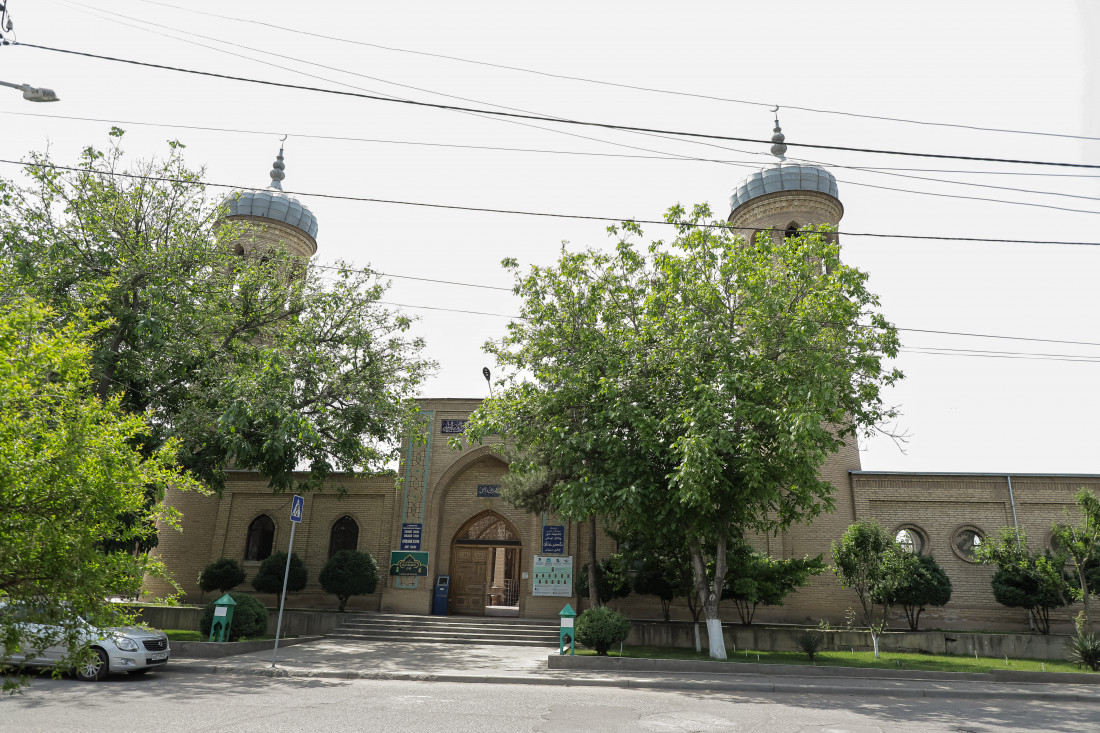
Another one of the mosques popular in Chilanzar district is the Nosirkhon–ota mosque. It was built in 1990 and opened 2 years later. The mosque got its name in honor of the respected and learned representative of the mahalla Nosirkhon-tur, who lived in this area at the beginning of the XX century at the invitation of local artisans. Nosirkhon-tura lived with his family in the Beshagach mahalla and had a large estate in Dumbiraobod. According to local residents, Nosirkhon-tura did a lot for his mahalla and his family was one of the most respected in the area. Near the mosque of Nosirkhon-tura there is a mazar of the XIX century.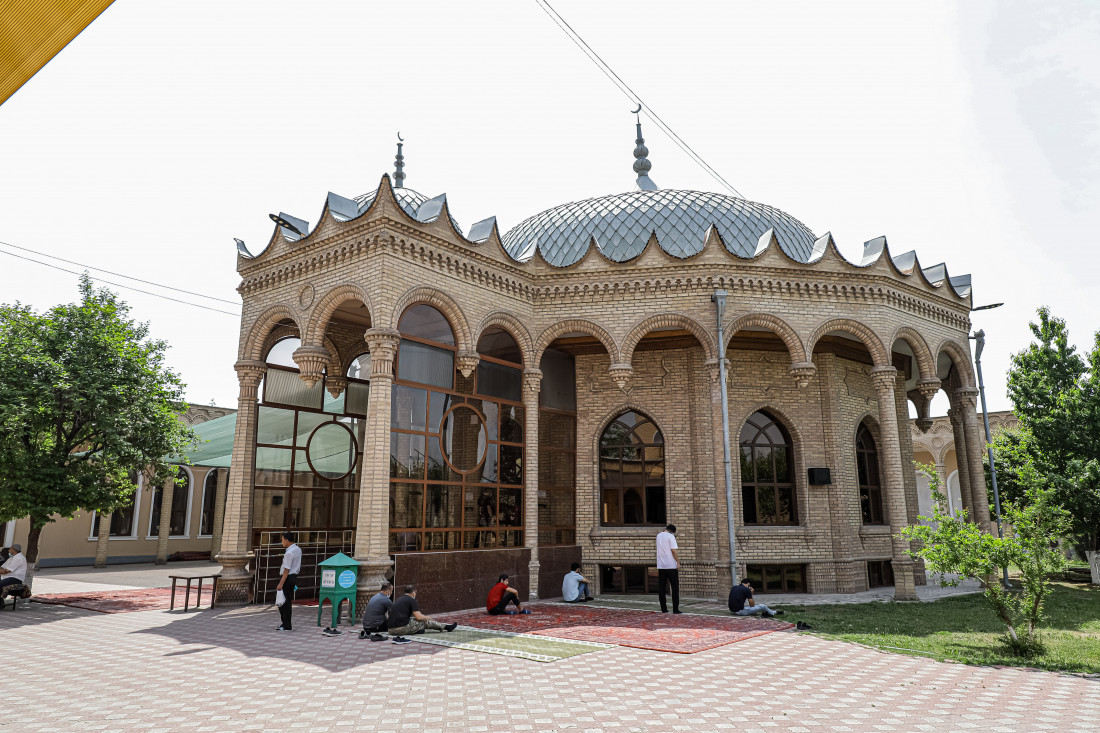
Address: Chilanzar array, Dumbiraobod mahalla, Nakkoshlik street, 56. Tel: +998 71 279 72 54
Siroj Solih Mosque
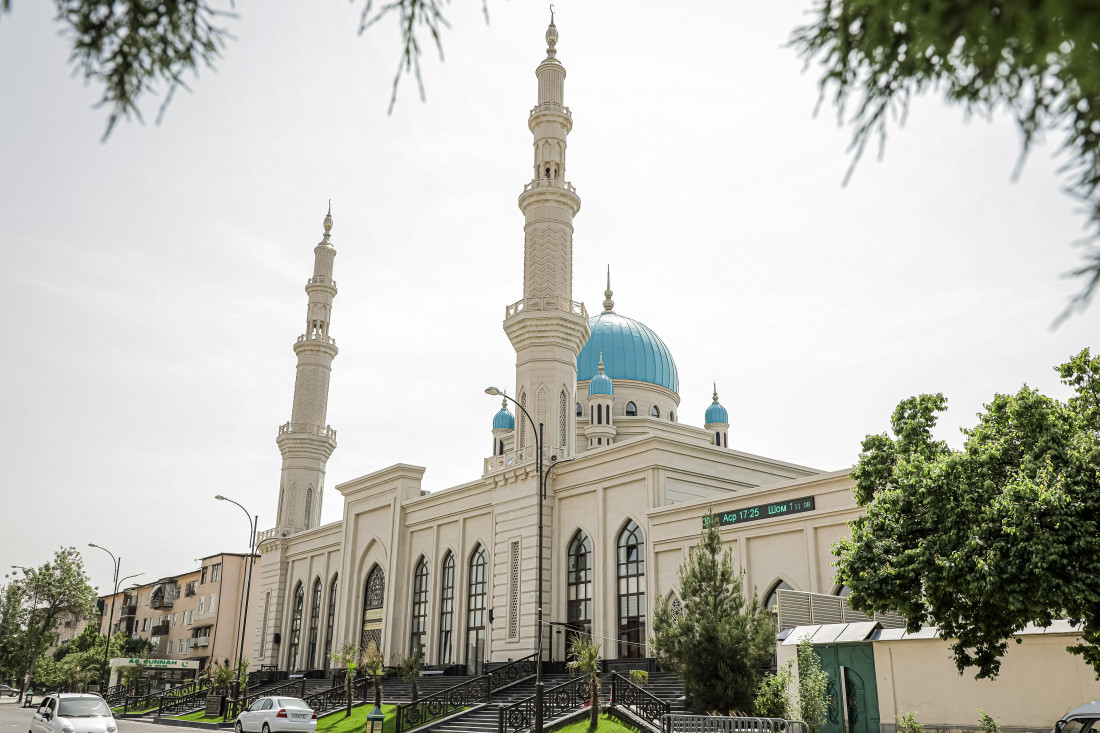
One of the youngest mosques in Tashkent is the Siroj Solih mosque in Almazar district. Opened in March 2021.A huge mosque with an area of 2000 sq. m. meters successfully harmonizes national and modern styles and accommodates about 4,500 prayer places. There is also a separate toilet and a prayer hall for women.
The main khanaka consists of 2 floors. In addition, the complex has a basement, a hall for celebrations and conferences and a modern web studio.
The construction of the mosque was started in 2019 and within 2 years it was raised at the expense of local sponsors with the help of hashar.
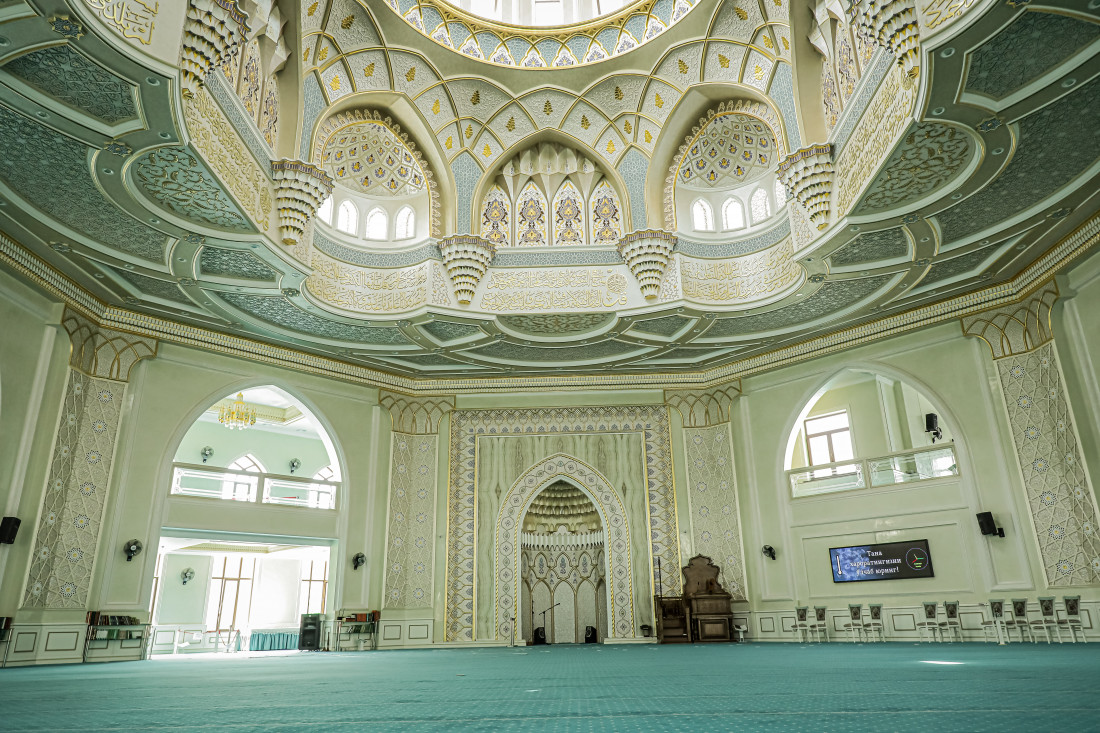
According to the Department of Muslims of Uzbekistan, the construction of the Siroj Solih mosque, located in the Karakamysh mahalla, was laid in the 1990s at the expense of a local businessman named Sirojiddin Salih, who was forced to leave his country as a result of political repression in the post-Soviet period.
Tukhtaboy Mosque in Alamazar district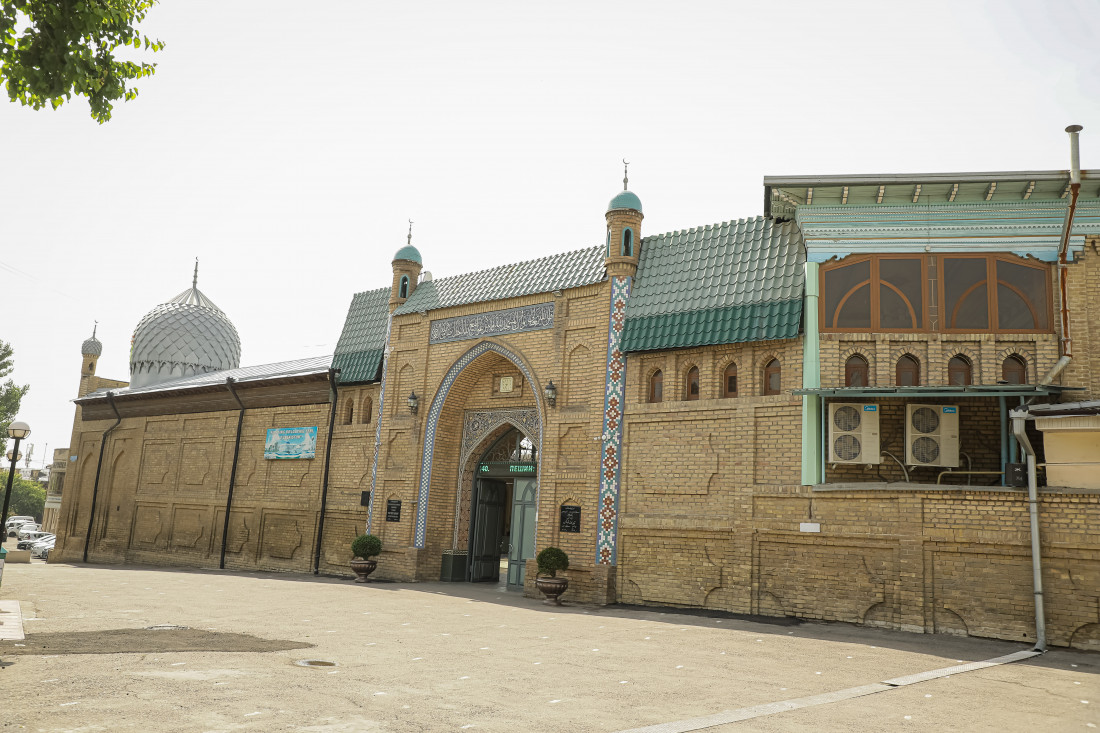
Tukhtaboy Friday Mosque is one of the oldest mosques in Tashkent, located near the Chagatai Gate of Tashkent. It was built in 1908 and is an architectural structure of the "Nicholay era". Evidence of this is the unique brickwork. During the construction of the mosque, not burnt brick was used, which is traditional in the construction of Muslim structures, but a newly brought at that time "Nikolaev" white brick.
The construction of the mosque was laid by a local merchant Tukhtaboy, the son of a rich businessman Alimboy. Tukhtaboy lived in 1870-1934 in the area of the Chagatai Gate. According to legend, the merchant Tukhtaboy, sending goods by train to Russia, said: "if the trade goes well, I will build a mosque here with the profit I have received." With the grace of Allah, his intentions came true and a majestic mosque was erected on this place.
According to the stories of local elders, for the construction of the mosque for several months, handymen for a double fee carried huge bags on their backs from the Chorsu itself. The merchant generously rewarded all the craftsmen and workers, because he believed that during the construction of a spiritual institution, none of the participants in the construction should have remained dissatisfied and the funds for construction should not flow away for non-good purposes.That's probably why not a single madrasah and mosque in Tashkent has been destroyed for such a long period. During the Second World War, the Tukhtaba Mosque was used as a military garrison, then a school and even a barn for storing dishes.
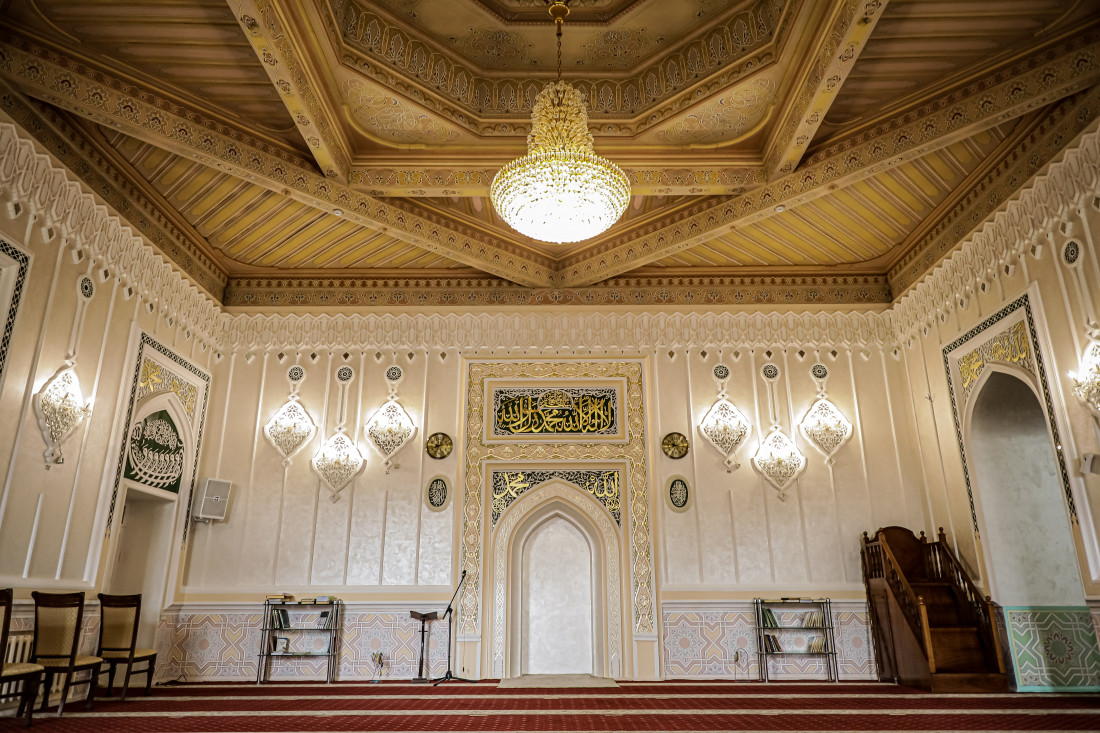
On the eve of independence in 1989, the mosque was reopened and transferred to the management of Tashkent Muslims.
Ohun Guzar Mosque in Almazar district
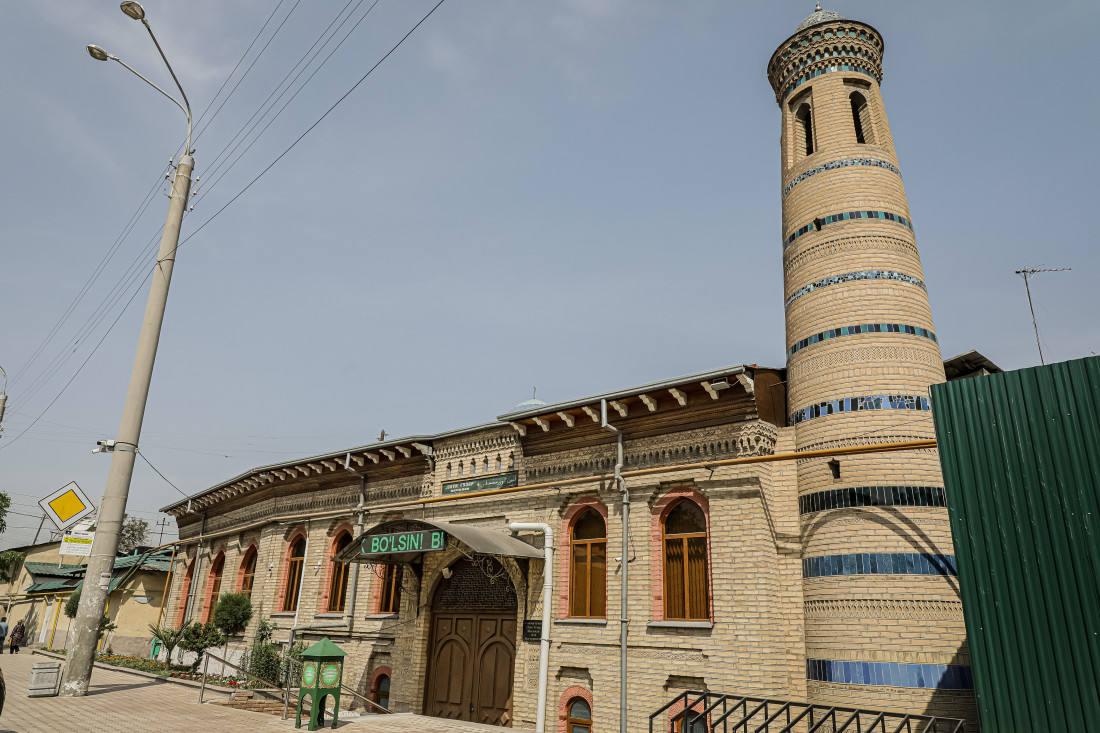
The Okhunguzar Mosque is located in the area of the modern Sebzar massif. Among the people, the mosque had another name - Laylakkundi - Storks flew in. During the construction of the mosque, storks nested on the main dome and this had a good beginning. The main rear mosque was erected in 1775 by local craftsmen. But the entrance plaque at the mosque indicates another date of construction of the mosque - 1850. It is very possible that the last date is the date after the reconstruction of the mosque.
Interesting data are given by researchers of the toponym of the name of the mosque. According to some sources, the name of the mahalla Okhunguzar means "deer place" in Uzbek. According to others, "Okhunguzar" means "quarter of blacksmiths", and there were a lot of forges in this place, which were famous far beyond the borders of Tashkent.
The products of Tashkent gunsmiths have long been in great demand. Their products could be found not only in the markets of the cities of Uzbekistan, but also in the bazaars of China, Iran, India, Turkey and even Europe. In many battles and victories won by Amir Temur by his heirs, their victorious troops were armed not only with Baghdad, Samarkand, but also with Tashkent weapons that faithfully served their owners, and often surpassed imported ones in quality.
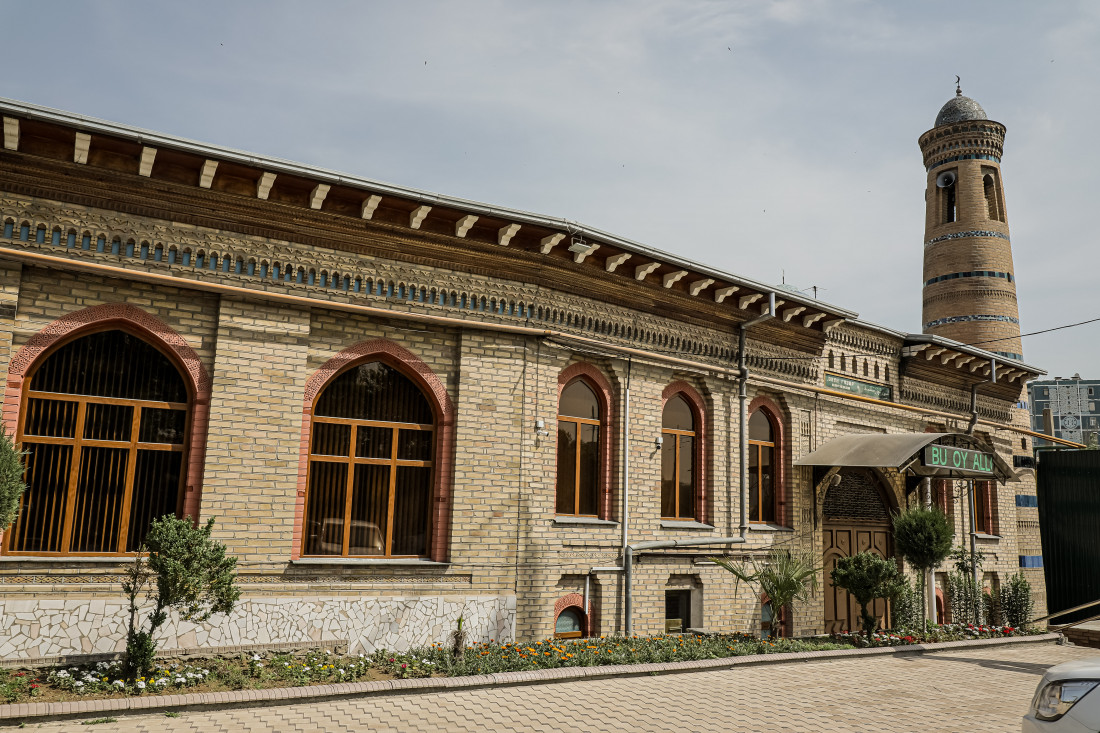
These military supplies were made by the glorious Tashkent blacksmiths who lived in the Okhunguzar mahalla. In our time, multi-storey buildings have grown up on the site of the famous residential quarter.
In the past, the Okhunguzar Mosque served as a caravanserai.
Today, the unique Ohunguzar Mosque adorns the corner square at the intersection of Zarkaynar and Karasaray streets.
Working hours: 9:00 AM - 6:00 PM, Mon-Fri
For any questions
ПОЛЬЗОВАТЕЛЬСКОЕ СОГЛАШЕНИЕ
1. Определение
Настоящее Пользовательское соглашение (далее — Соглашение) является Публичной офертой в соответствии со статьёй 367 Гражданского кодекса Республики Узбекистан от 21.12.1995 (https://lex.uz/ru/docs/111181#162763) и регулирует порядок использования материалов и Сервисов сайта Государственного унитарного предприятия «Национальный PR-центр» (далее — Предприятие), размещённого на веб-сайте и поддоменах Национального Туристического Информационного Центра: https://uzbekistan.travel/ (далее — Сайт).
Посетитель и (или) Пользователь подтверждает, что ознакомлен, полностью и безоговорочно принимает все условия настоящего Соглашения и обязуется их соблюдать.
Использование Сайта Пользователем означает полное принятие данного Соглашения «как есть» в форме акцепта.
Соглашение вступает в силу с момента посещения любой страницы Сайта и (или) регистрации на Сайте и действует бессрочно во время пользования Сервисами Сайта.
Настоящее Соглашение обязательно для исполнения всеми Посетителями и Пользователями без каких-либо изъятий и дополнительных согласований.
Пользователь обязуется самостоятельно проверять актуальную редакцию Соглашения на Сайте перед использованием Сервисов.
2. Предмет Соглашения
Предметом настоящего Соглашения являются правила использования материалов Сайта и предоставление Посетителю и (или) Пользователю возможности использования Сервисов Сайта.
Предприятие является правообладателем исключительных прав на Сайт в целом и на его составные части, включая все виды контента: логотипы, товарные знаки, тексты, статьи, аннотации, иллюстрации, фотографии, графику, аудио- и видеофайлы, пользовательские интерфейсы, дизайн, структуру, программы, базы данных.
Я прочитал(а) и соглашаюсь с условиями использования сайта и политикой конфиденциальности.
